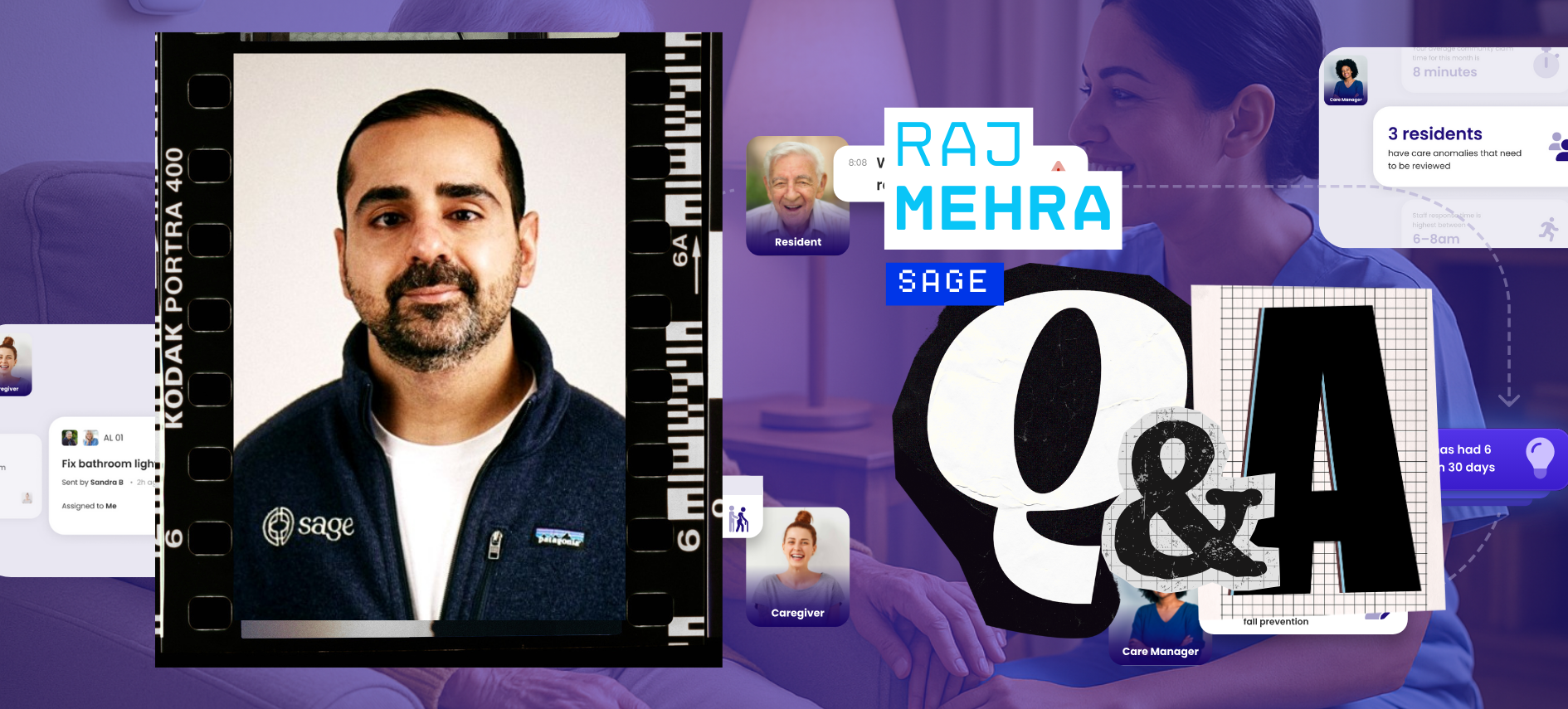When futurist Ron Galloway stopped at McDonald's in Darien, Georgia, he ordered a simple combo: a large Coke and fries. The price? $7.95. Just five years ago, in 2019, the same order cost $4.30. This dramatic price increase—representing annual inflation of about 12.5%—illustrates the cost pressures facing every industry, including senior living. And according to Galloway, speaking at the Senior Living Innovation Forum (SLIF), these inflationary pressures aren't going away anytime soon.
As a futurist, Galloway predicts inflation will remain high "for longer than we think." He points to global economic shifts, including moves by major economies to settle trades in non-dollar currencies, which will lead to more U.S. dollars circulating domestically. "Those dollars come home and they're going to be used to buy things, but there's a fixed supply of things," he explains. This, he believes, will keep upward pressure on prices for the foreseeable future.
However, Galloway sees a powerful countermeasure: artificial intelligence. "AI is the most deflationary technology of all time," he declared, backing his bold statement with compelling real-world examples.
From Zero to App in Minutes
To demonstrate AI's transformative potential, Galloway shared how he recently created an Apple TV app despite having no experience with Swift, Apple's programming language. "I gave ChatGPT a simple prompt: create an Apple TV app that tracks stock prices for 10 stocks using Yahoo Finance data, with green boxes for stocks that are up and red for those that are down." The result? A fully functional app created in just eight minutes—a task that would typically take an IT professional weeks to complete and cost thousands of dollars in development fees.
The Economics Are Compelling
The cost of AI tools is almost laughably low compared to their value. ChatGPT, for instance, costs just $20 per month per user—yet Galloway says he'd happily pay $2,000 monthly given the value it delivers. "It does thousands of dollars of work for me," he explained. This remarkable return on investment becomes even more powerful at scale.
Consider this scenario: In a 100-person senior living organization, if just 10% of employees save one hour daily using AI tools, that adds up to 200 hours saved per month. At an average wage of $50 per hour, the monthly savings would be $10,000—and that's from tools that cost less than a Netflix subscription. For an investment of just $200 monthly (to cover 10 users at $20 each), organizations could potentially see a 50x return on their investment.
Real-World Impact on Daily Operations
The power of AI lies in its ability to transform everyday tasks. Staff can use AI to rapidly generate reports, analyze resident data, and streamline documentation—tasks that traditionally consume hours of valuable time. Care coordinators can quickly develop and adjust care plans, while administrators can efficiently manage schedules and resources. These daily time savings compound significantly across an organization.
Understanding AI's Impact on Different Roles
Galloway introduces an important distinction between "elastic" and "inelastic" jobs in senior living. In elastic roles, like healthcare professionals, AI enhances capacity and allows staff to serve more residents effectively. For instance, nurses can use AI-powered health monitoring tools to track resident wellness more efficiently, enabling them to focus more time on direct care. In inelastic roles, such as administrative tasks, AI increases efficiency by reducing the time needed for “inelastic” jobs like routine paperwork and data entry, freeing up resources for other critical needs.
The Future is Now
The world has changed dramatically since ChatGPT's release just two years ago. "From 1986 to 2022, AI was completely boring," Galloway reflected. "Then the entire world changed." Today's AI tools can understand context, maintain conversations, and complete complex tasks in minutes instead of weeks.
For senior living providers facing rising costs and staffing challenges, AI presents a unique opportunity to do more with less while maintaining quality of care. As Galloway emphasizes, it's not about replacing human connection—it's about enhancing operations to create more sustainable, efficient communities.
In an era where a simple fast-food order reveals the stark reality of inflation, AI offers senior living operators a powerful tool to control costs while improving care delivery. The message is clear: AI isn't just another technology trend—it will be essential for any senior living operation looking to remain competitive and sustainable. In a market where costs keep rising, the organizations that thrive will be those that harness AI's deflationary power.
For senior living providers, the choice is clear: embrace AI's deflationary power now, or watch as competitors use it to thrive in an era of persistent inflation.
Watch Ron Galloway's full SLIF talk below...

Posted by
SLIF heads to Carlsbad!
The One of a Kind Retreat for Senior Housing Leaders.
May 31 - June 2, 2026 | Carlsbad, CA
Learn More









Comments